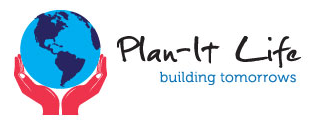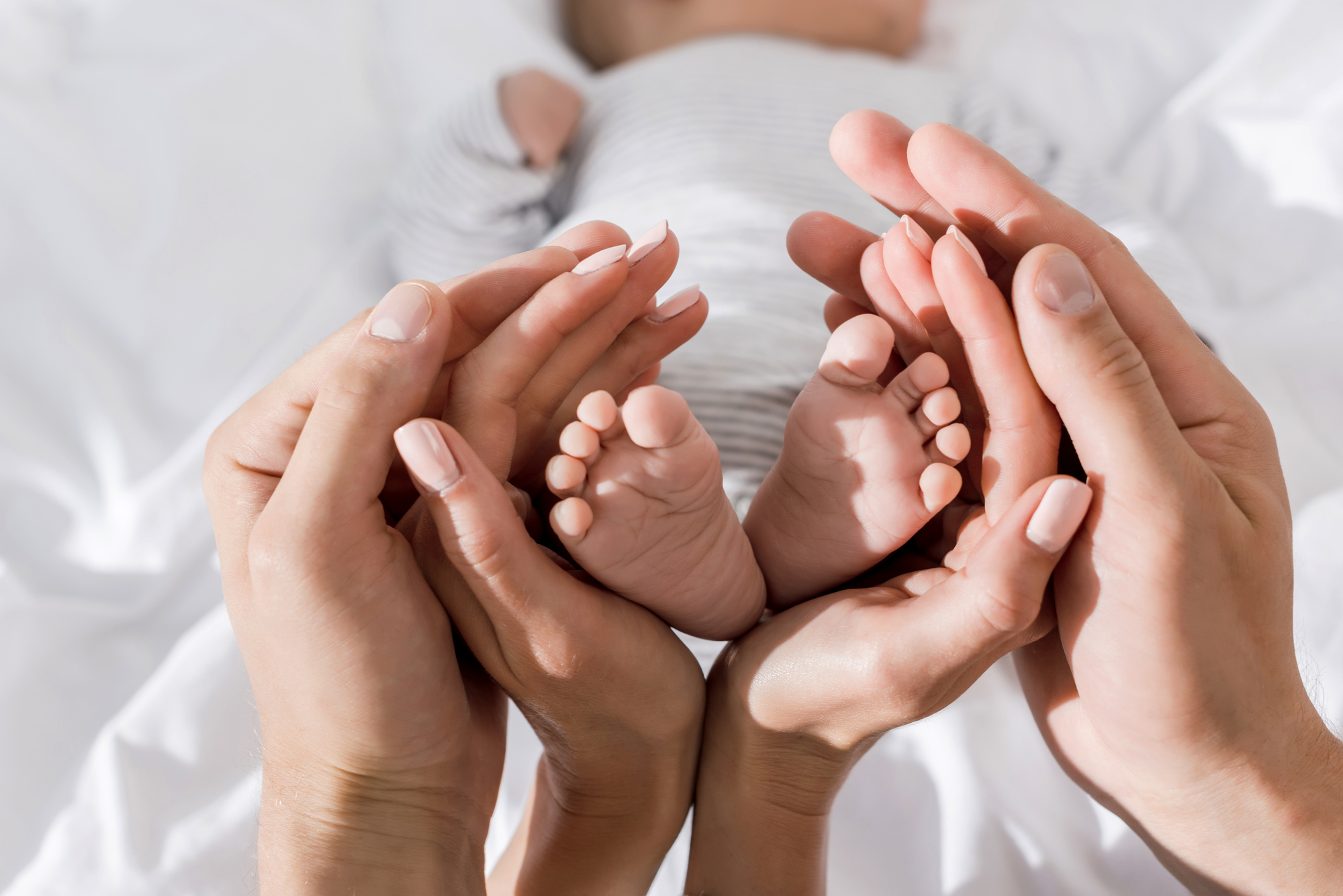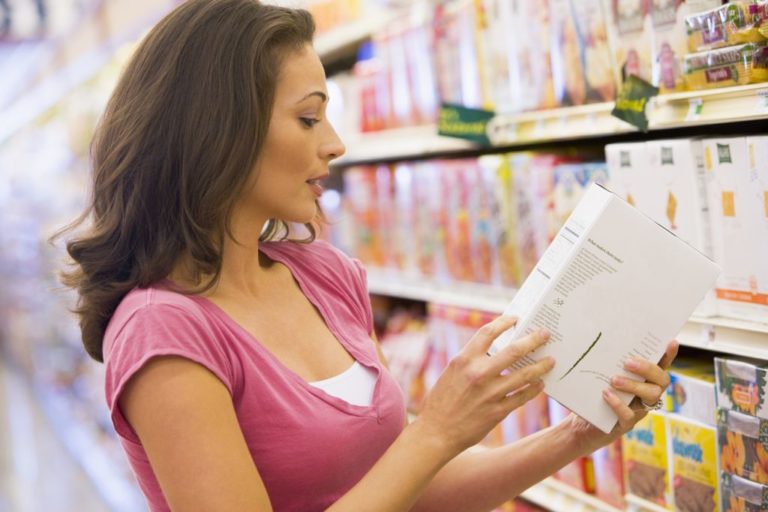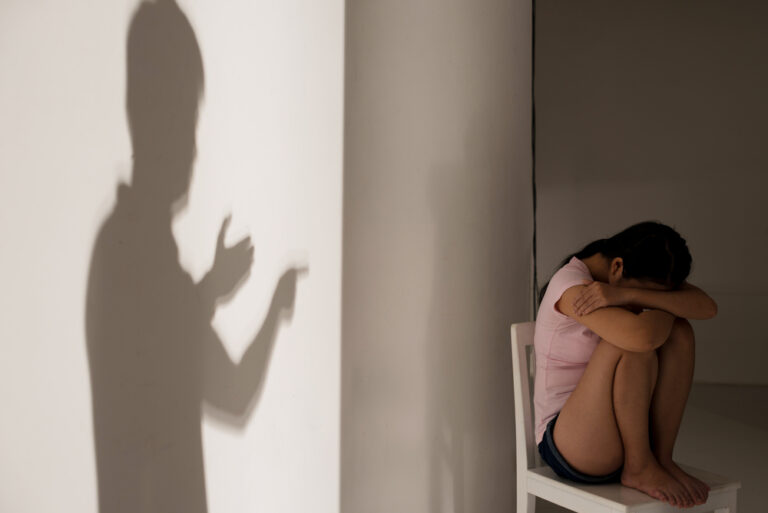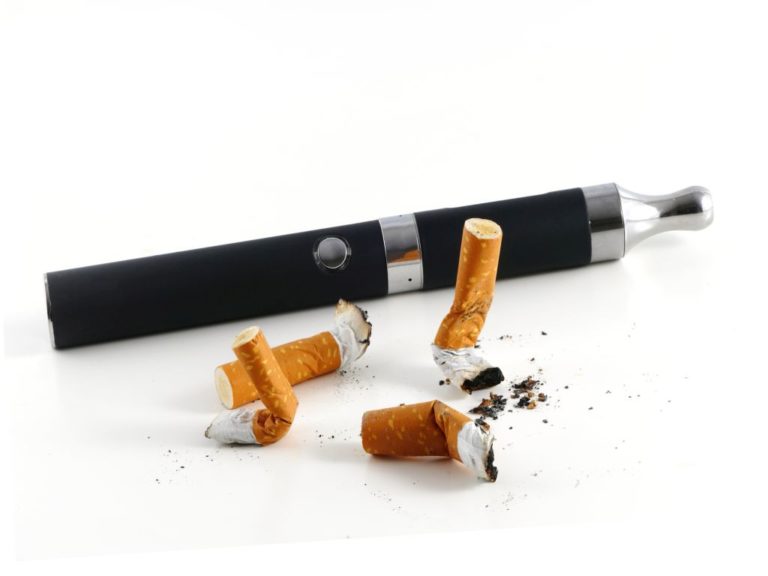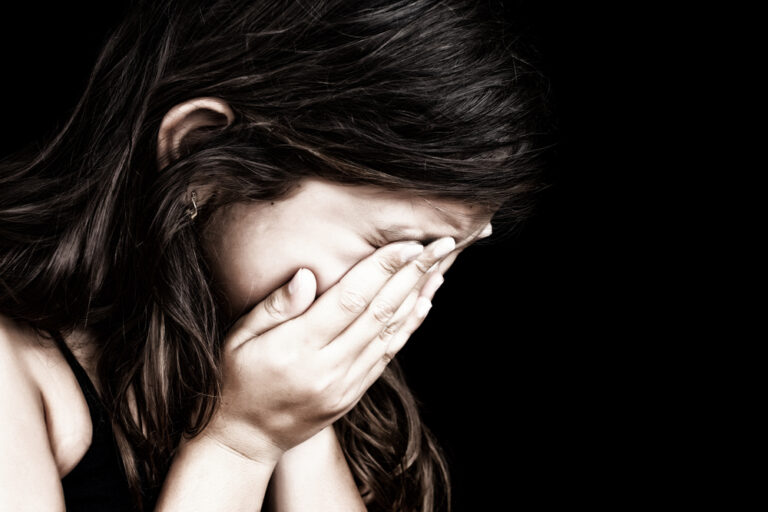Toddler/Baby Safety – Childproofing Your Home and Your Environment
Every day, nearly 20 children under two years old get admitted to a hospital with serious injuries. More than one-third of these injuries happen at home and about four kids of these children will die.
Constant supervision at home and outdoors is still the best way to prevent child injuries, but of course, parents can’t keep their eyes on their kids every second of every day.
Here are various ways to help prevent child injuries in your home (Toddler/ Baby safety tips in the house, car, strollers, and with toys for children under 3 years old):
Household Child Safety Checklist:
Kitchen
1. Keep any sharp tools, such as knives, scissors, forks, etc., as well as glass objects and appliances with blades, in a childproof, latched drawer or cabinet. Toddler use of children’s utensils should be supervised by an adult.
2. Install a dishwasher lock so kids won’t be able to open the dishwasher while it’s running.
3. Install a stove lock and add knob protectors on the stove’s knobs.
4. When cooking, keep all pot handles turned inward on the stove or place the cooking pots on the back burners where children can’t reach them.
5. Keep chairs and stepstools away from the kitchen stove.
6. Keep all medicine or vitamin bottles tightly closed and in a locked cabinet out of reach.
7. Store all matches and lighters as well as cleaning supplies, detergents, dishwashing liquids, any bottles containing alcohol, as well as bug sprays, in a locked top cabinet.
8. Keep all plastic bags (garbage bags or even sandwich bags) out of reach of children to prevent suffocation.
9. Buy a child’s car seat, high chair, or stroller with a safety belt that also has a strap in between the legs.
10. Have working fire extinguishers at home and make sure family members know how to use them.
Bathroom
11. Set the hot water heater thermostat below 120 degrees F (49 degrees C).
12. Keep razor blades, nail clippers, and any other sharp tools in a locked cabinet.
13. Always keep the toilet lid closed with a toilet-lid lock.
14. Each bathroom outlet should have a ground-fault circuit interrupter (GFCI) to safeguard against electrocution, in case electrical appliances get wet.
15. Keep all blow dryers and curling irons, as well as electric razors, unplugged and out of reach when not in use.
16. Install nonskid strips and nonslip pads on the bathtub’s bottom and under the rugs to secure them to the floor. If a baby seat is used in the bathtub or sink, there can be tip hazards. Do not leave any baby unattended in a bathtub or sink, not even in a baby bath seat or baby bathing tub.
17. Store all cosmetics, perfumes, nail polish, nail polish removers, hair sprays, and hair dyes, as well as mouthwash bottles, in a locked cabinet.
Laundry and Garage Area
18. Keep all detergents, bleaches, and other cleaning products out of reach.
19. Lock laundry chutes at all times with childproof locks.
20. Keep all gardening, lawn, pool, and automotive tools, supplies, and products out of reach of children.
21. Keep the garbage can covered and behind a locked cabinet and make sure recycling containers are kept out of reach.
Bedrooms and Play Rooms
22. Make sure the baby’s changing table has a safety belt. And use it.
23. Ensure that painted cribs or bassinets, as well as high chairs, are painted with non-lead paint (manufactured after 1978).
24. Make sure you buy a crib or bassinet that is 100 percent safe, including its mattress.
25. Make sure hanging crib mobiles with dangling ribbons or strings cannot be reached. Toys should be safe and without buttons, strings, elastic or zippers and they must not be left in the crib due to suffocation or choking hazards. Crib bumpers and pillows may also pose significant safety hazards and should not be used.
26. Keep window blinds and curtain cords tied out of reach with specially designed cord clips or clothespins, away from cribs.
27. Remove all drawstrings from all your child’s clothing.
28. Secure dressers to walls and keep all drawers closed.
29. Make sure all toy storage containers and toy chests have a lid support, so they won’t slam shut, and make sure they are non-locking.
30. Place window guards on all windows that aren’t emergency exit windows.
31. Make sure night-lights do not touch any fabric such as curtains or bedspreads.
32. Buy flame-retardant sleepwear for your child.
33. Install a smoke alarm just outside the nursery or bedroom.
34. Buy child-safe toys and make sure your child doesn’t have access to very small objects they can swallow and choke on. Some pacifiers and teething toys may also pose choking hazards. Make sure, too, that any toys don’t have loose parts or splinters and are not listed on any product recall list.
Other Rooms
35. Keep all medicines, Legos, marbles, keys, scissors, other small and sharp objects such as coins and refrigerator magnets out of the reach of children.
36. Keep all firearms and ammunition (if you own them) stored safely away in a securely locked container out of children’s reach and make sure they are stored in the un-cocked position and unloaded.
Car/Vehicle
37. Use only approved child safety seats (suitable for a child’s age, weight and size) and child restraints, and make sure you properly fit them. If the child safety car seat has been in a moderate-to-severe accident, it should be replaced.
38. Never leave babies/toddlers/small children alone in cars. Always take them with you or have an adult supervise, even when going on short errands.
39. Keep checking on your child when driving.
40. Make sure all knobs and buttons are safe.
41. Don’t place anything on the dashboard, car’s parcel shelf, or even on the floors to keep accidents from happening.
Other Tips:
* Keep all floors, stairs, and furniture safe from skids/falls and make sure all cords/wires are locked away or secured. Remember that the most common causes of injuries that challenge child/toddler/baby safety are: falls, suffocation, choking, drowning, poisoning, firearms, and fire and burns.
* Ensure that strollers, car seats, and high chairs (and other infants’ and children’s products) are not on a product recall list. Government product safety recalls are listed in a searchable database at http://www.cpsc.gov/Recalls
